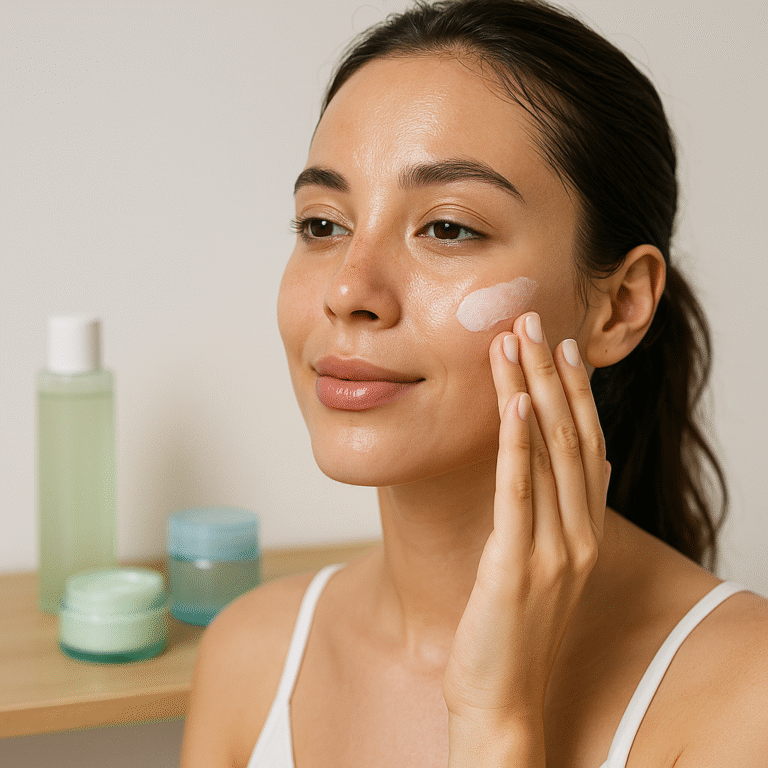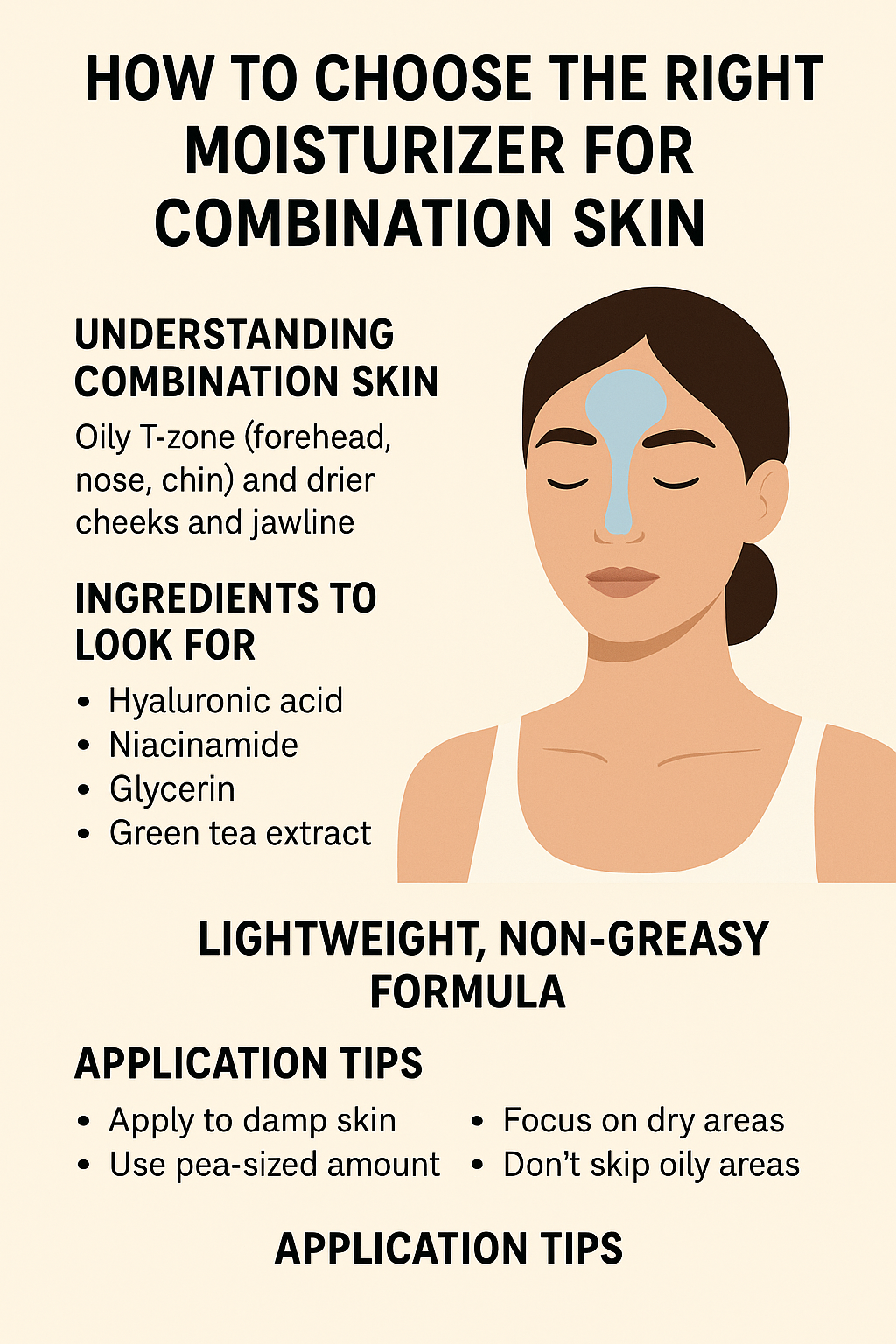What Causes Dry Patches on Oily Skin? Understanding the Paradox
Dry skin patches are often associated with naturally dry skin types, but what if you have oily skin and still struggle with flakiness and rough spots? It may seem contradictory, but this issue is more common than you think. Let’s explore why this happens, what causes dry patches on oily skin, and how you can treat them without triggering more oiliness or breakouts.
Understanding the Skin Barrier
Your skin is a complex organ made up of multiple layers, and the outermost layer—called the stratum corneum—is your skin barrier. This barrier retains moisture and keeps irritants out. When compromised, it can lead to transepidermal water loss (TEWL), even in oily skin types.
Oily skin can still be dehydrated, meaning it lacks water rather than oil. When your skin is dehydrated, it can overcompensate by producing more sebum. This leads to a confusing combination: shiny, greasy skin with flaky, dry patches.
Common Causes of Dry Patches on Oily Skin
Let’s take a closer look at why this paradox occurs:
- Over-Cleansing
- Many with oily skin tend to use harsh cleansers or over-wash their faces to reduce oil. This strips natural lipids and disrupts the moisture barrier.
- Using Alcohol-Based Toners or Astringents
- These products offer a temporary mattifying effect but can leave your skin drier and more irritated in the long run.
- Weather and Environmental Factors
- Cold, dry air or exposure to wind can cause dehydration, especially if your barrier is already compromised.
- Inappropriate Exfoliation
- Over-exfoliating or using strong acids can lead to irritation and flaky patches, particularly around the nose, cheeks, or between the brows.
- Low Water Intake
- Your skin reflects internal hydration levels. If you’re not drinking enough water, your skin can become dehydrated from the inside out.
- Using Acne Treatments Incorrectly
- Spot treatments or retinoids can dry out local areas, creating contrast between oily zones and dry spots.
How to Treat Dry Patches Without Making Oily Skin Worse
- Switch to a Gentle, pH-Balanced Cleanser
- Avoid foaming or gel cleansers with sulfates. Instead, use cream or micellar cleansers that clean without stripping.
- Hydrate with Lightweight, Humectant-Rich Products
- Use ingredients like hyaluronic acid, glycerin, and panthenol to attract water to the skin without heaviness.
- Repair the Skin Barrier
- Add ceramides, niacinamide, or squalane into your routine to strengthen the skin’s defense layer.
- Exfoliate Smartly
- Use mild chemical exfoliants like lactic acid once or twice a week instead of physical scrubs. This prevents buildup without irritation.
- Use Occlusives Only Where Needed
- Apply thicker creams or ointments only on the dry patches at night if needed, avoiding the oilier T-zone.
- Balance Your Routine
- Don’t overload your skin with too many active ingredients. Simplicity helps your skin restore itself.
- Apply Sunscreen Every Day
- Barrier repair is ineffective without protecting your skin from UV rays. Look for non-comedogenic formulas for oily skin.
When to See a Dermatologist
If your dry patches persist for more than 4 weeks or worsen despite a balanced routine, consult a dermatologist. Conditions like seborrheic dermatitis or psoriasis may mimic dry patches and require medical treatment.
Preventing Future Dry Patches
- Avoid long hot showers
- Pat skin dry instead of rubbing
- Use a humidifier in cold months
- Keep your skincare routine minimal and consistent
Internal Links (перелинковка):
- Learn more about How to Double Cleanse for Healthier Skin
- Struggling with dehydration? Read The Truth About Dehydrated Skin: Causes and Fixes
- Discover Best Moisturizers for Oily Skin

